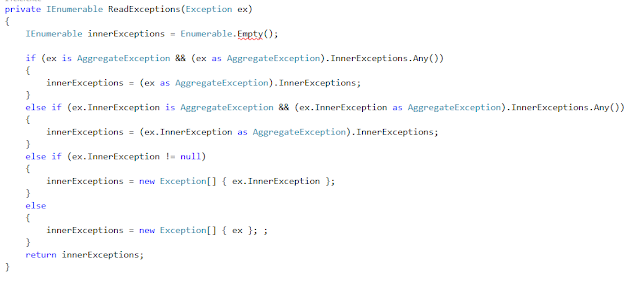A singleton object stores common data in
only one place and in similar a static class is also used to store
single-instance data so by using singleton or static class we can able to save state between
usages and store cache data to improve performance.
Singleton is an object which can
only be instantiated once and shared.
The big difference between a
singleton and a bunch of static methods is that singletons can implement
interfaces (or derive from useful base classes, although that's less common
IME), so you can pass around the singleton as if it were "just
another" implementation.
Other differences as below:
- Singleton object stores in Heap but, static object stores in stack
- We can clone the object of Singleton but, we cannot
clone the static class object
- Singleton class follow the OOP(object oriented principles) but not static
class
- We can implement interface with Singleton class but not with
Static class.
The
Singleton pattern has several advantages over static classes.
·
A singleton can extend classes and implement interfaces, while a
static class cannot (it can extend classes, but it does not inherit their
instance members).
·
A singleton can be initialized lazily or asynchronously while a
static class is generally initialized when it is first loaded, leading to
potential class loader issues.
However the most important
advantage, though, is that singletons can be handled polymorphic ally without
forcing their users to assume that there is only one instance.
Singleton Pattern:
Here is an example of singleton
pattern implemented class HttpClientManager, which
manages the single instance of HttpClient, if
there is no any instance of HttpClient, it
creates new object of HttpClient.
C# Code:
public sealed class HttpClientManager
{
private static HttpClient instance;
private static object
syncRoot = new object();
public static HttpClient Instance
{
get
{
if (instance == null)
{
lock (syncRoot)
{
if (instance == null)
{
var handler = new HttpClientHandler {
UseDefaultCredentials = true,
Credentials =
CredentialCache.DefaultCredentials };
var client = new HttpClient(handler, false)
{
BaseAddress = new Uri("http://localhost")
};
instance = client;
}
}
}
return instance;
}
}
}
Thanks
for visiting!!






